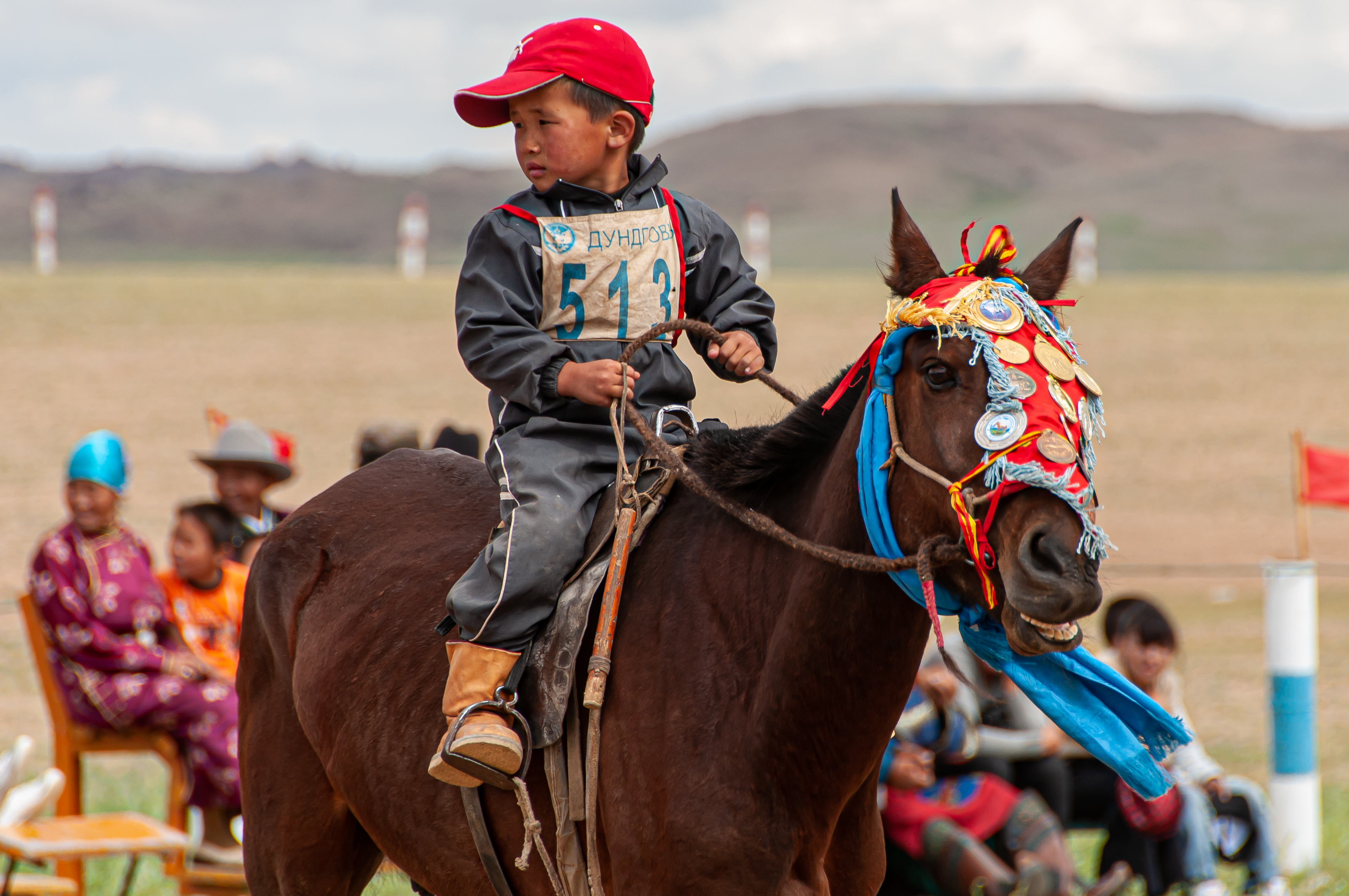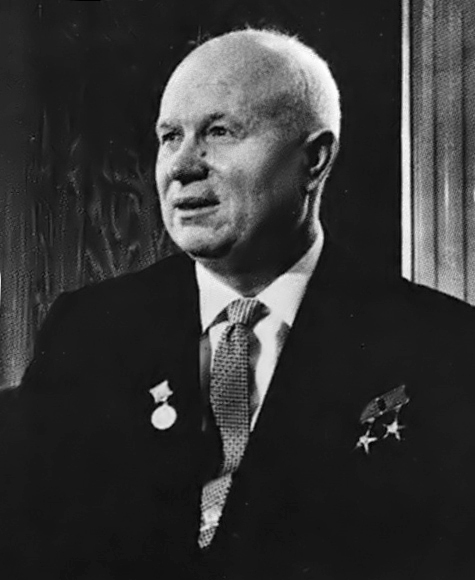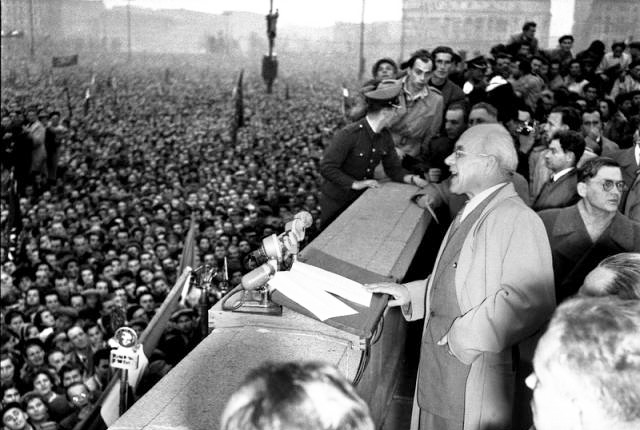|
Naadam
Naadam (Mongolian Naadam Festival) (, classical Mongolian: ''Naɣadum'', , ''literally "games"'') is a traditional festival celebrated in Mongolia, Inner Mongolia and Tuva. The festival is also locally termed "eriin gurvan naadam" (), "the three games of men". The games are Mongolian wrestling, horse racing, and archery, and are held throughout the country during midsummer. Women have started participating in the archery and girls in the horse-racing games, but not in Mongolian wrestling. In 2010, Naadam was inscribed on the UNESCO Intangible Cultural Heritage Lists, Representative List of the Intangible Cultural Heritage of Humanity of United Nations Educational, Scientific and Cultural Organization, UNESCO. Overview Origins Naadam is the most widely watched festival among Mongols and is believed to have existed for centuries in one fashion or another. It has its origin in the activities, such as military parades and sporting competitions such as archery, horse riding and ... [...More Info...] [...Related Items...] OR: [Wikipedia] [Google] [Baidu] |
Mongolian Wrestling
Mongolian wrestling, known as Bökh ( Mongolian script: ; Mongolian Cyrillic: Бөх or Үндэсний бөх), is the folk wrestling style of Mongols in Mongolia, Inner Mongolia and other regions where touching the ground with anything other than foot or palm of hand loses the match. ''Bökh'' means "firmness, reliability, vitality, wrestler", from Mongolic root *''bekü'' "firm, hard, solid; fighter, strong man" Wrestling is the most important of the Mongolian culture's historic "Three Manly Skills", that also include horsemanship and archery. Genghis Khan considered wrestling to be an important way to keep his army in good physical shape and combat ready. The court of the Qing dynasty (1646–1911) held regular wrestling events, mainly between ethnic Manchu and Mongol wrestlers. There are several different versions, Mongolian, Buryatian (in the Buryatia of Russia), Oirat and Inner Mongolian. * Khalkha bökh, Mongolian wrestling, Khalkha wrestling - traditional Khalkha ... [...More Info...] [...Related Items...] OR: [Wikipedia] [Google] [Baidu] |
Mongolia
Mongolia is a landlocked country in East Asia, bordered by Russia to the north and China to the south and southeast. It covers an area of , with a population of 3.5 million, making it the world's List of countries and dependencies by population density, most sparsely populated sovereign state. Mongolia is the world's largest landlocked country that does not border an Endorheic basin, inland sea, and much of its area is covered by grassy steppe, with mountains to the north and west and the Gobi Desert to the south. Ulaanbaatar, the capital and List of cities in Mongolia, largest city, is home to roughly half of the country's population. The territory of modern-day Mongolia has been ruled by various nomadic empires, including the Xiongnu, the Xianbei, the Rouran, the First Turkic Khaganate, the Second Turkic Khaganate, the Uyghur Khaganate and others. In 1206, Genghis Khan founded the Mongol Empire, which became the largest List of largest empires, contiguous land empire i ... [...More Info...] [...Related Items...] OR: [Wikipedia] [Google] [Baidu] |
Mongolian State Flag Day
State Flag Day () is the main state holiday in Mongolia, being celebrated annually on July 10. State Flag Day is celebrated with a central government-sponsored events including a military parade and a flag raising ceremony on Sükhbaatar Square in the capital of Ulaanbaatar. History Previous celebrations on 10 July The first official military parade in Communist Mongolia (Mongolian People's Republic) took place in 1921 in honor of the victories of Damdin Sükhbaatar in the People's Revolution. The anniversary parades that followed have been held on jubilee years, examples of which include the parades in 1966, 1981, and 1991 which celebrated the 45th anniversary, the 60th anniversary and the 70th anniversary respectively. After 1991, the practice was abandoned with the exception of 1996 when a parade in the National Sports Stadium commemorated the 790th anniversary of the founding of Mongolia and the 75th anniversary of the People's Revolution. Many of the celebrations were cele ... [...More Info...] [...Related Items...] OR: [Wikipedia] [Google] [Baidu] |
National Sports Stadium (Mongolia)
National Sports Stadium (In ) is a multi-purpose stadium in Khan Uul District, Ulaanbaatar, Mongolia. It is used mostly for football matches and has a capacity 12,500. The Naadam festival, which celebrates Mongolian independence, is held there every July. The land owned by the stadium company is about 27 hectares, of which the stadium takes about 8 hectares of land. The National Sport Stadium in Mongolia hosted the 2016 World University Archery Championship. History The stadium was established in 1958 by Russian construction in Ulaanbaatar, Mongolia. Since then, it has not been majorly renovated, although it gets a little painting and touch up once a year. Even though the stadium was built for multi-use such as football and festivals, the only mandatory event is the Naadam festival held on July 11 of each year which commemorates Mongolian State Flag Day and the People's Revolution of 1921. In 1996, a military parade in the National Sports Stadium commemorated the 790th anniv ... [...More Info...] [...Related Items...] OR: [Wikipedia] [Google] [Baidu] |
UNESCO Intangible Cultural Heritage Lists
UNESCO established its Lists of Intangible Cultural Heritage with the aim of ensuring better protection of important intangible cultural heritages worldwide and the awareness of their significance.Compare: This list is published by the Intergovernmental Committee for the Safeguarding of Intangible Cultural Heritage, the members of which are elected by State Parties meeting in a General Assembly. Through a compendium of the different oral and intangible treasures of humankind worldwide, the programme aims to draw attention to the importance of safeguarding intangible heritage, which UNESCO has identified as an essential component and as a repository of cultural diversity and of creative expression. The list was established in 2008 when the 2003 Convention for the Safeguarding of the Intangible Cultural Heritage took effect. , the programme compiles three lists. The longer Representative List of the Intangible Cultural Heritage of Humanity comprises cultural "practices and expre ... [...More Info...] [...Related Items...] OR: [Wikipedia] [Google] [Baidu] |
Horse Racing
Horse racing is an equestrian performance activity, typically involving two or more horses ridden by jockeys (or sometimes driven without riders) over a set distance for competition. It is one of the most ancient of all sports, as its basic premise – to identify which of two or more horses is the fastest over a set course or distance – has been mostly unchanged since at least classical antiquity. Horse races vary widely in format, and many countries have developed their own particular traditions around the sport. Variations include restricting races to particular breeds, running over obstacles, running over different distances, running on different track surfaces, and running in different gaits. In some races, horses are assigned different weights to carry to reflect differences in ability, a process known as handicapping. While horses are sometimes raced purely for sport, a major part of horse racing's interest and economic importance is in the gambling associated ... [...More Info...] [...Related Items...] OR: [Wikipedia] [Google] [Baidu] |
Khuushuur
Khuushuur (Mongolian: хуушуур) is a traditional Mongolian fried meat pastry. It consists of a circle of wheat flour dough folded in half around a filling of minced or ground mutton, sometimes beef, and pan- or deep-fried. The meat is seasoned with onion and salt; some cooks also add garlic and pepper. Versions containing potatoes, carrots, or cabbage are less common. History Historically, khuushuur and related dumplings such as ''buuz'' and ''bansh'' are considered localized adaptations of Chinese dumplings. Wheat was not traditionally grown in Mongolia due to the nomadic lifestyle, but the influence of Chinese cuisine introduced dumpling-like preparations that became part of Mongolian food culture. Khuushuur is widely available across Mongolia. In urban areas, it is commonly found in restaurants, while in rural regions, it may be sold from roadside stands or private homes. It is also a popular home-cooked dish. The dish is commonly associated with Naadam, Mongol ... [...More Info...] [...Related Items...] OR: [Wikipedia] [Google] [Baidu] |
Mikhail Suslov
Mikhail Andreyevich Suslov (; 25 January 1982) was a Soviet people, Soviet statesman during the Cold War. He served as Central Committee of the Communist Party of the Soviet Union#Secretariat, Second Secretary of the Communist Party of the Soviet Union from 1965, and as unofficial chief ideologue of the party until his death in 1982. Suslov was responsible for party democracy and power separation within the Communist Party. His hardline attitude resisting change made him one of the foremost orthodox communist Soviet leaders. Born in rural Russia in 1902, Suslov became a member of the All-Union Communist Party (Bolsheviks) in 1921 and studied economics for much of the 1920s. He left his job as a teacher in 1931 to pursue politics full-time, becoming one of the many Soviet politicians who took part in the mass repression begun by Joseph Stalin's regime. He was made First Secretary of Stavropol Krai Federal subjects of Russia, administrative area in 1939. During World War II, Suslo ... [...More Info...] [...Related Items...] OR: [Wikipedia] [Google] [Baidu] |
October Revolution Day
October Revolution Day (officially Day of the Great October Socialist Revolution, ) was a public holiday in the Soviet Union and other Soviet-aligned states, officially observed on November 7 from 1927 to 1990, commemorating the 1917 October Revolution. For Soviet families, it was a holiday tradition to partake in a shared morning meal, and to watch the October Revolution Parade broadcast on Soviet Central Television. A holiday canon was established during the Stalinist period, and included a workers' demonstration, the appearance of leaders on the podium of the Mausoleum, and, finally, the military parade on Red Square, which was held unfailingly every year (bar the years 1942-45), and most famously in 1941, as the Axis forces were advancing on Moscow. Soviet observances Civil-military parade History The first military parade took place on 7 November 1919 on the second anniversary of the revolution. The Russian civil war lasted until 1923. The parade in 1941 is particul ... [...More Info...] [...Related Items...] OR: [Wikipedia] [Google] [Baidu] |
Sükhbaatar's Mausoleum
Sükhbaatar's Mausoleum () was a mausoleum for Damdin Sükhbaatar, leader of the Mongolian Revolution of 1921, and Khorloogiin Choibalsan, leader of the Mongolian People's Republic from the late 1930s to his death in 1952, in Mongolia's capital Ulaanbaatar, on the northern side of Sükhbaatar Square in front of the Government Palace. The building was erected after Choibalsan's death during the socialist era, and removed in 2005 to make place for a structure dedicated to Genghis Khan. The mausoleum resembled the shape of Lenin's Mausoleum but differed in color. The mausoleum was never opened for public visits. History Construction and development Sükhbaatar had been buried at the Altan-Ölgii National Cemetery in 1923, but was exhumed and reinterred into the mausoleum the following year. In the 30s it was rebuilt, turning into an almost exact copy of the Lenin's Mausoleum. In 1952, the body of Marshal Choibalsan was placed in the mausoleum. The last version of the mausoleum ... [...More Info...] [...Related Items...] OR: [Wikipedia] [Google] [Baidu] |
Władysław Gomułka
Władysław Gomułka (; 6 February 1905 – 1 September 1982) was a Polish Communist politician. He was the ''de facto'' leader of Polish People's Republic, post-war Poland from 1947 until 1948, and again from 1956 to 1970. Born in 1905 in Galicia (Eastern Europe), Galicia, Gomulka was of proletarian origin. A plumber from the age of fourteen, he joined the revolutionary movement, made propaganda in the trade unions and suffered the rigours of the Wincenty Witos, Witos government, then of the Pilsudski dictatorship. When Nazi Germany invaded Poland in 1939, he was imprisoned in Lwow, but was later released. He moved to Warsaw and became one of the most energetic organisers of the resistance against the Nazis. In 1943, he became the leader of the left-wing resistance fighters, the general secretary of the underground workers' party. When Poland was occupied by the Red Army, he collaborated with the Lublin government, formed by the Soviets with the Polish Bolesław Bierut, Bie ... [...More Info...] [...Related Items...] OR: [Wikipedia] [Google] [Baidu] |







